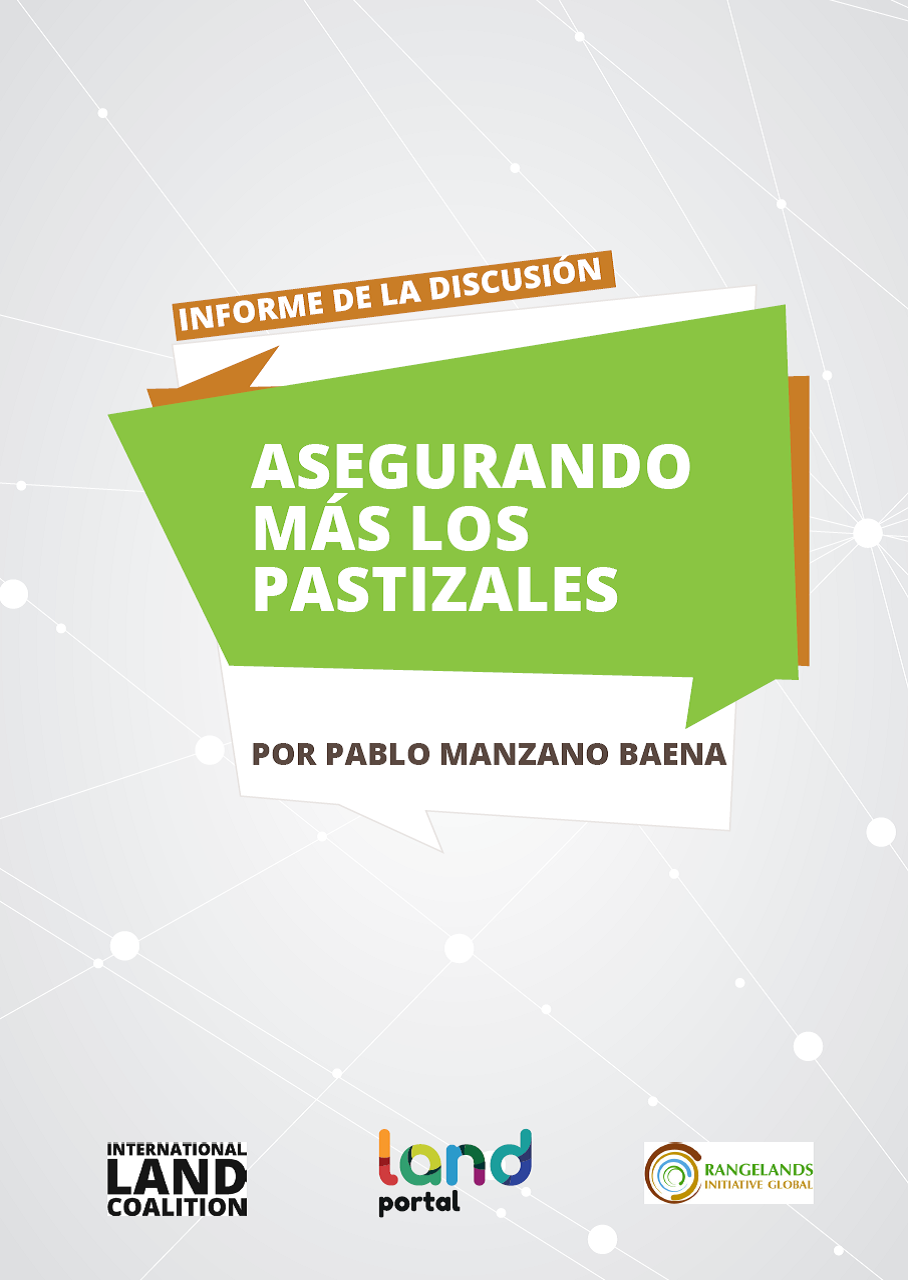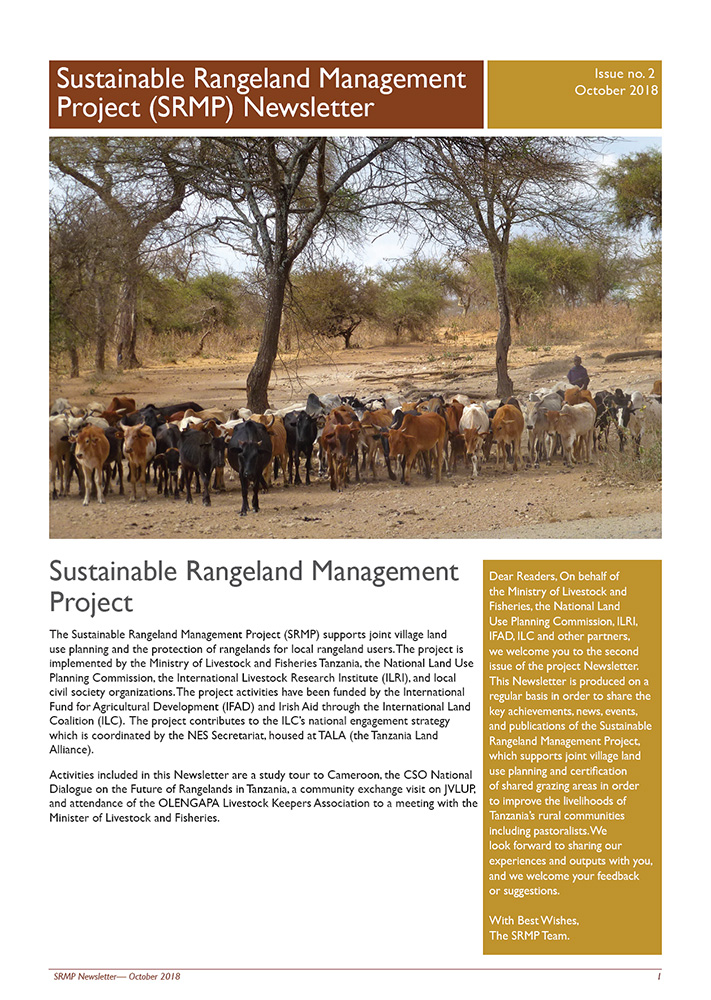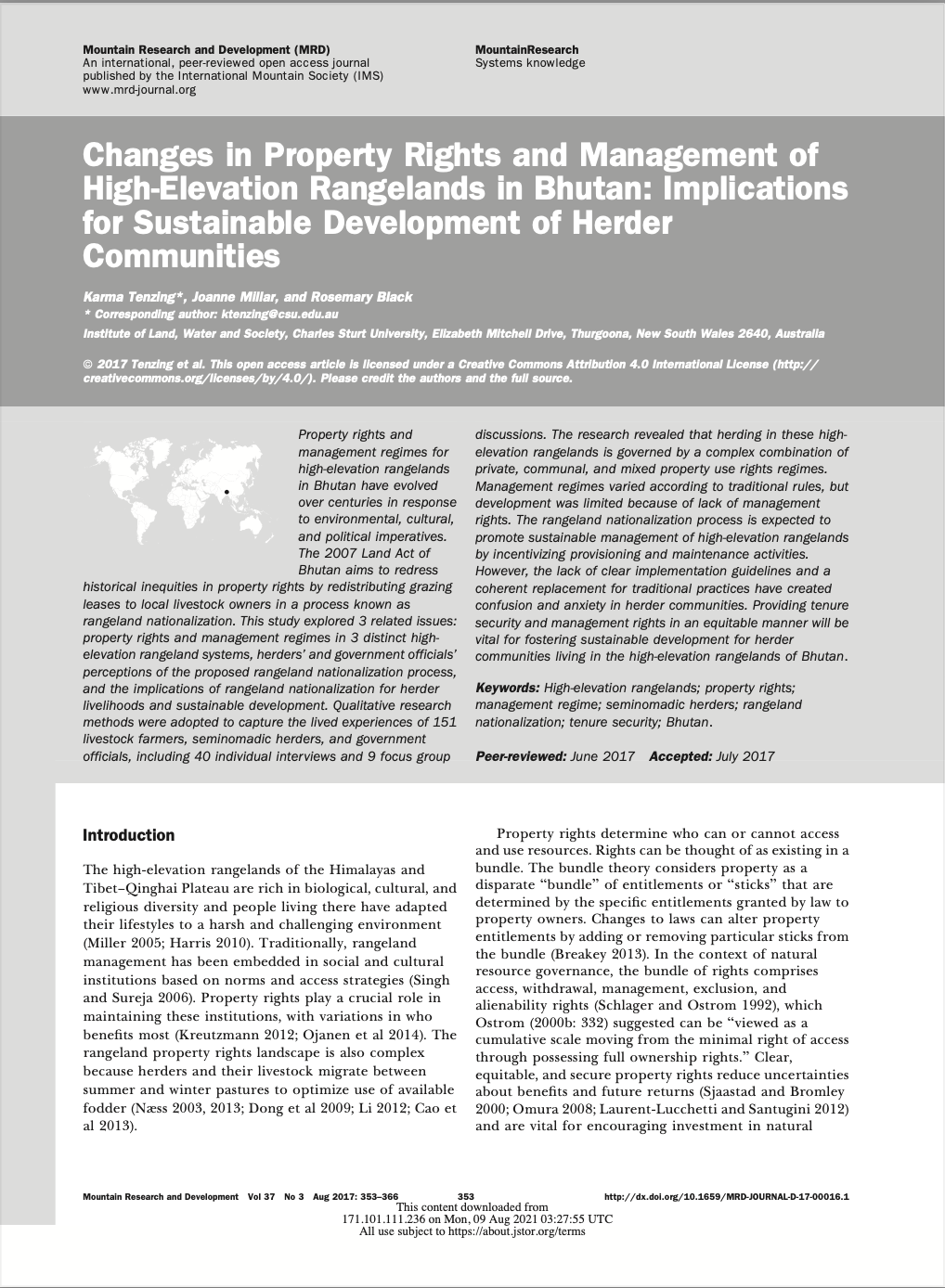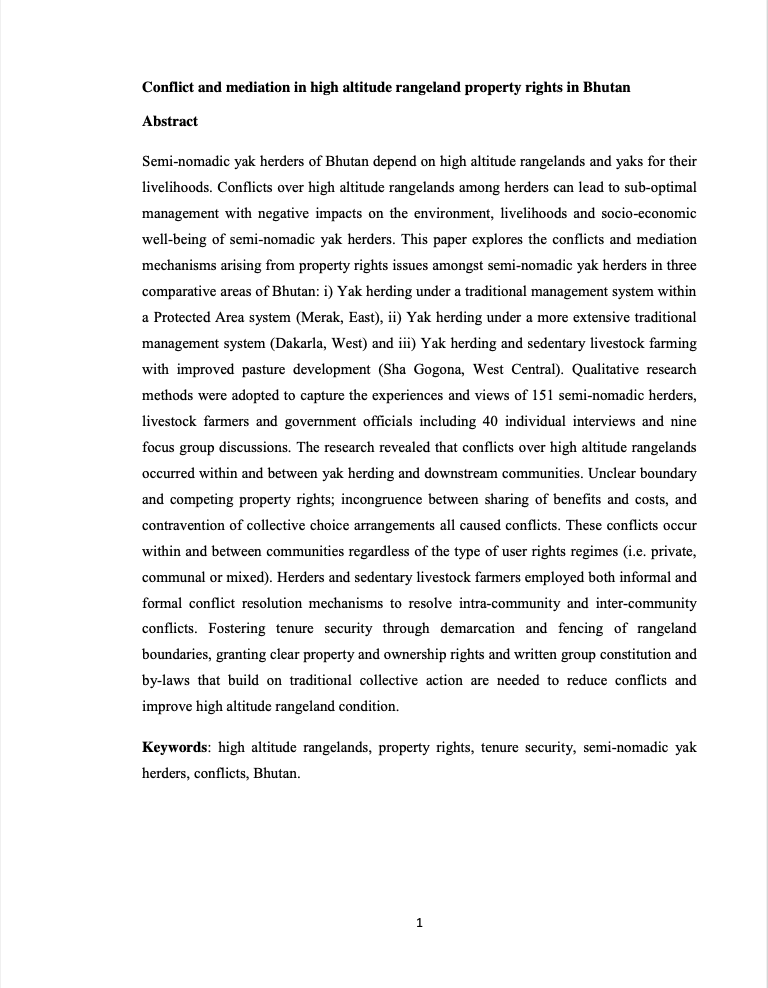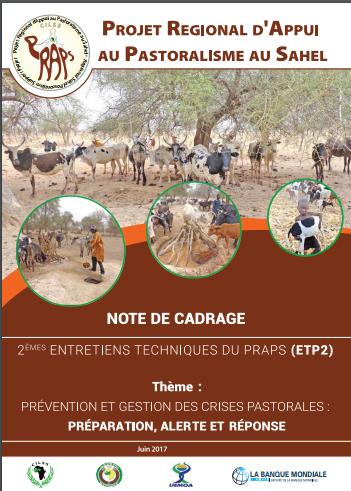Asegurando más los pastizales
Asegurar los pastizales es un importante debate en curso, debido a la compleja planificación que su uso necesita y la falta de reconocimiento o protección. En un debate en línea del 29 de enero al 14 de febrero de 2018, 38 participantes de 4 continentes debatieron sobre los principales desafíos, soluciones y lecciones aprendidas, así como sobre vías para plataformas multiactores. La minería y la expansión de los cultivos son las mayores amenazas para los pastizales, que se derivan de la afección a de corredores de movilidad, el acaparamiento de tierras y la marginación de los pastores.

